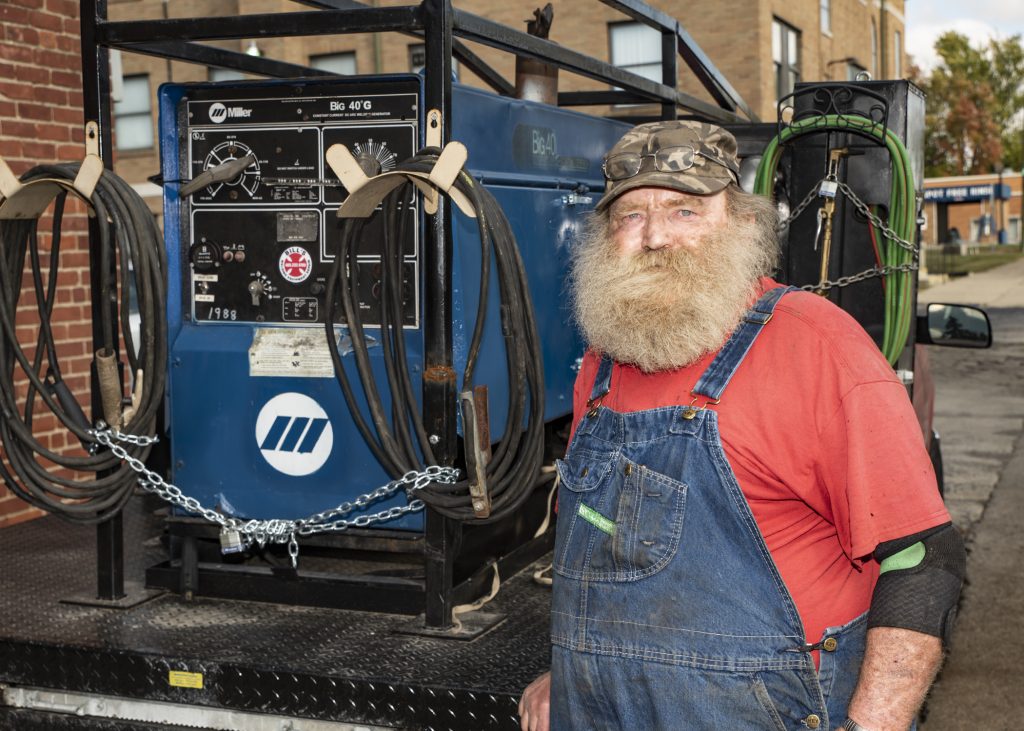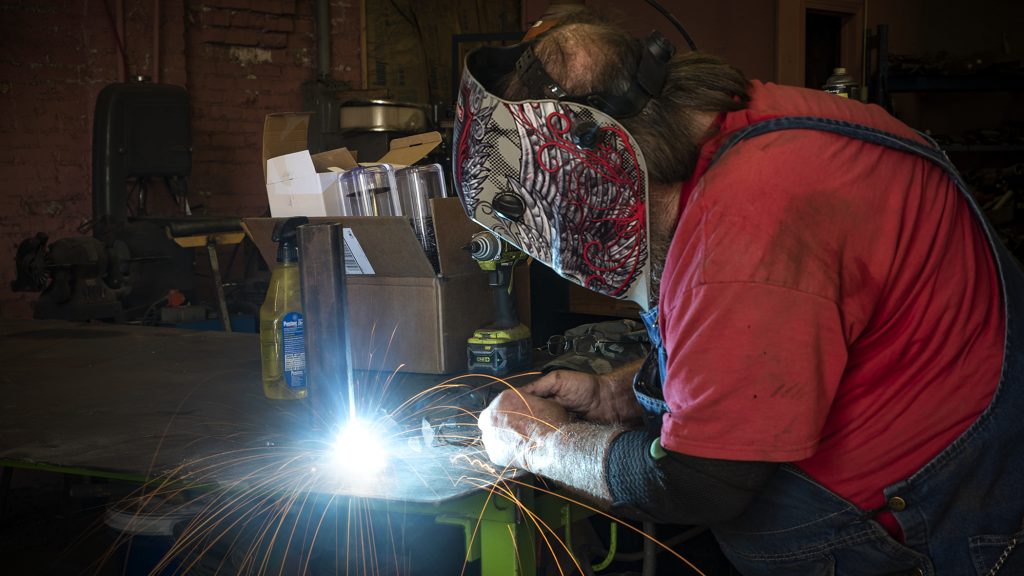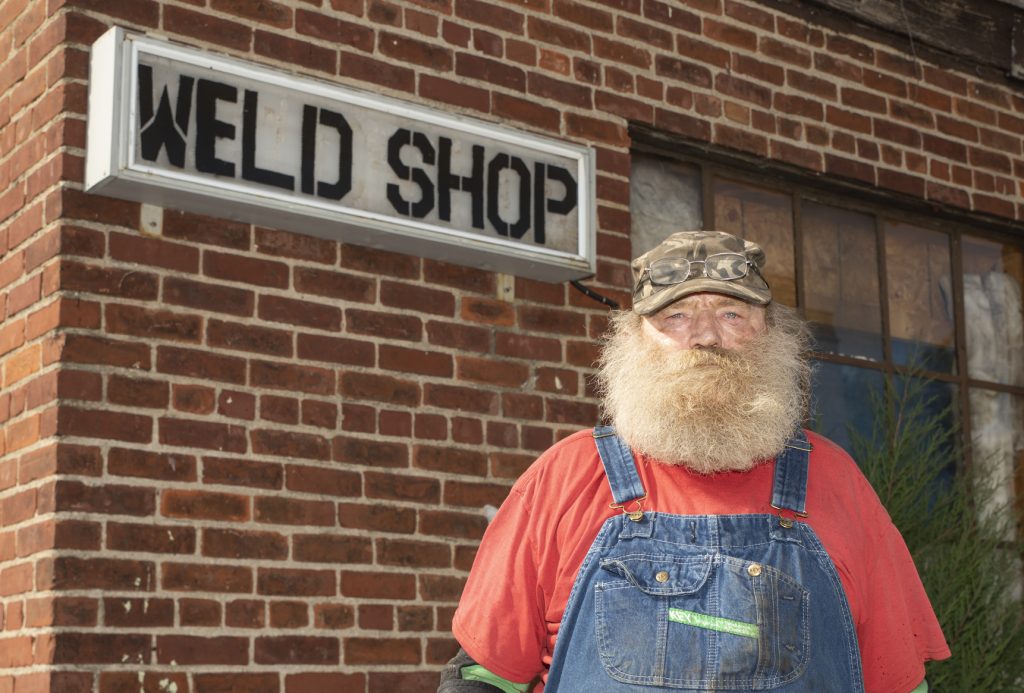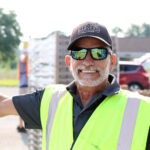Welding Joins His Life and Work
By: Stephen McCollum; Photos by Don L. Rogers
Dick Hurst’s life gives meaning to the age old notions of “making a living” and “having a hand in” the process.
It all began in the late Errol Washburn’s metal shop classes at Hartford City High School.
That’s where Hurst, H.C.H.S. Class of 1965, learned how to use a lathe, saws, and, most importantly for the decades to come—a cutting torch and welder. He also spent three years in John Carbone’s wood shop and studied drafting.
After two years in the Army, he got hired at the Westinghouse plant in Muncie, where the primary product was huge power transformers as large as houses. That’s where his apprenticeship as a welder started.
“I worked my way up through five classes of welding while I was at Westinghouse,” he said. “While I was there, they assigned me to some experimental projects using new welding machines, including water-cooled systems, and a silver soldering experiment to figure out if it would be profitable.”

The path to becoming a journeyman welder is a rigorous combination of classwork in topics like metallurgy and blueprint reading, and on-the-job training.
When his marriage ended, Hurst migrated to California, east of Los Angeles, where some relatives offered him an anchor.
His eight years at Westinghouse dovetailed into a 40-year career. When he got to California, at Trade West Engineering, he further refined his skills as a fabricator, fitter and welder, including certification to work with structural steel. Trade West built furnaces and a wind-powered generator. That was in the early days when wind energy was in an experimental phase.
“That was a big piece of equipment,” he said. “It towered 110 feet and had three blades each 37 feet long. “
Next Hurst spent 10 years working on fire sprinkling systems, which seems a yeoman-like undertaking given the mammoth wildfires that have overrun California in recent years. He got certified in high pressure pipe and his skills and knowledge eventually got him appointed a crew chief overseeing installation of the systems stretching from San Diego to San Francisco.

All that jumping around led Hurst to launch his own business, Town & Country Portable Welding, in 1990. He worked on semi-trailers, back hoes, and other large equipment. But when he lost the lease on his building in 1993, he had to give up his dream and managed to rejoin Trade West Engineering. He added more certifications—in reinforcing and light-gauge steel.
Over the next decade, Hurst blended his welding skills into the role of millwright, maintaining and modifying machinery, much of it used in the aluminum recycling business.
When he reached retirement age, Hurst decided he’d had his fill of California traffic and the higher cost of living and made his back home to Indiana.
Now he can be found at his shop, Malfunction Junction: welding and fabrication to a great solution, on West Franklin Street.
“I liked the ring to the name and it fits with the fact that I basically fix things,” he said.

A self-described “workaholic,” Hurst frequently finds himself making repairs to yard art, lawnmower decks, utility trailers, and most anything brought his way.
It’s good to be home, he says, although the first four years have required an adjustment to the weather after 40 in southern California.
One place he likes to hang out is the Senior Center, where he regularly takes his sister, Esther Adkins.
“She likes to go there and I enjoy the chance to get a good meal,” he said, noting that he’s lived on his own for more than 40 years.
One has to hand it to Dick Hurst for putting his very specialized and hard-earned skills to work for almost half a century, drifting out to the west coast and now back home again in Indiana.





Very good article. Dick can fix anything at his shop.